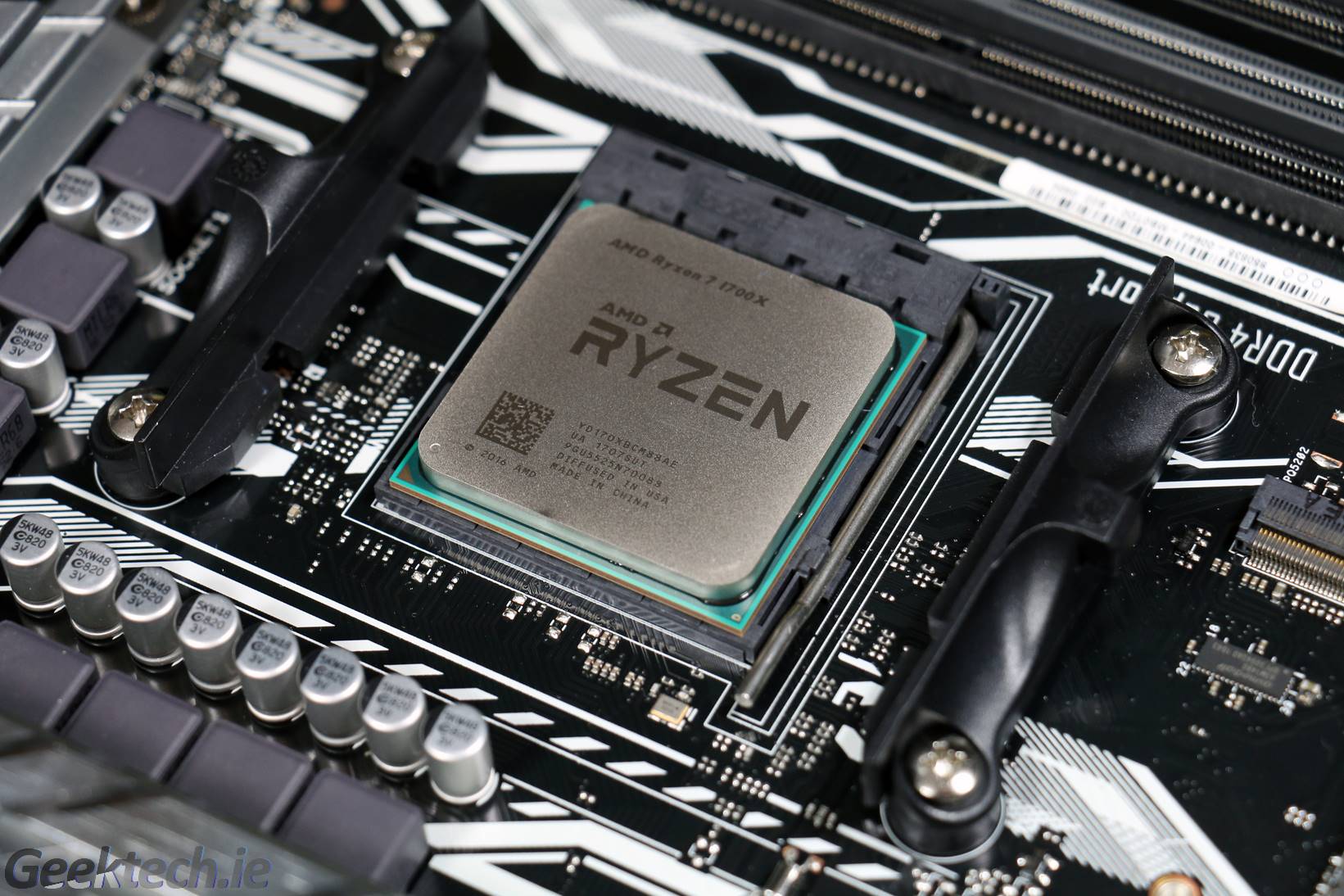Oh have we waited and waited so long for AMD’s new architecture. The promises and hints on what Zen would bring to the tablet and ultimately what it could mean for competition. Finally the launch of Ryzen is here, and only last week AMD released Ryzen 7 for Desktops.
AMD have launched 3 processors for the desktop market under Ryzen 7. The 1700, 1700X, and 1800X. All of the processors have the same size L1/L2/L3 Cache (768KB, 4MB, and 16MB respectively) and each are 8-core/16-thread CPU’s.
First up we have the 1700, which is the lowest end Ryzen 7 CPU. It features a 65W TDP, 3.0 GHz baseclock with 3.7 GHz boost clock, and another 100Mhz with XFR boost to make 3.8GHz total. Price is €399
The 1700x features a 95W TDP with a baseclock speed of 3.4GHz, boost clock of 3.8GHz, and XFR of 3.9GHz. Pricing for the 1700x is €449.
The 1800x is the best Ryzen 7 has to offer. It has also has a 95W TDP, but a higher base clock at 3.6GHz, boost clock at 4GHz, and further XFR boost up to 4.1GHz.. Price tag is €550
A quick note that XFR means Extend Frequency Range, and is sort of an automatic overclock beyond the turbo that takes place when the CPU detects it has more thermal headroom that would allow for it. When using an X3″” board i.e X370, XFR has increased potential compared to using non X lettered boards; a b350 for instance.
The 1700X is right in the middle of the Ryzen 7 launch and gives us a great idea of the performance Ryzen 7 can offer.
Just before we get into the numbers, let’s take a look at what the X370 chipset has to offer, and the Asus motherboard we’re using for testing.
1. Introduction and Specifications

